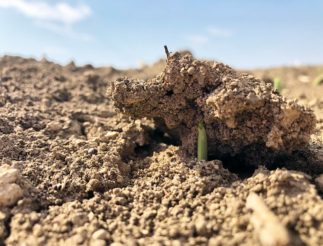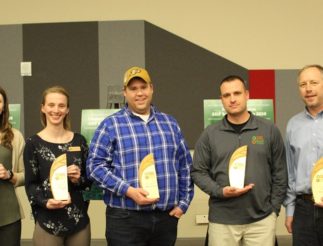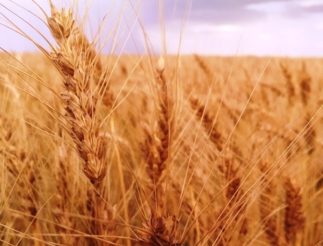Dr. Chuck Rice
Dr. Chuck Rice is a Soil Microbiology profession at Kansas State University where he works alongside the Soil Health Partnership in Kansas with a graduate student to advance the soil sciences field.
Dr. Rice specializes in soil microbiology, carbon cycling and climate change. Dr. Rice also serves on the Soil Health Partnership Scientific Advisory Committee where he helps lead integration, sustainability and precision management incentives.




